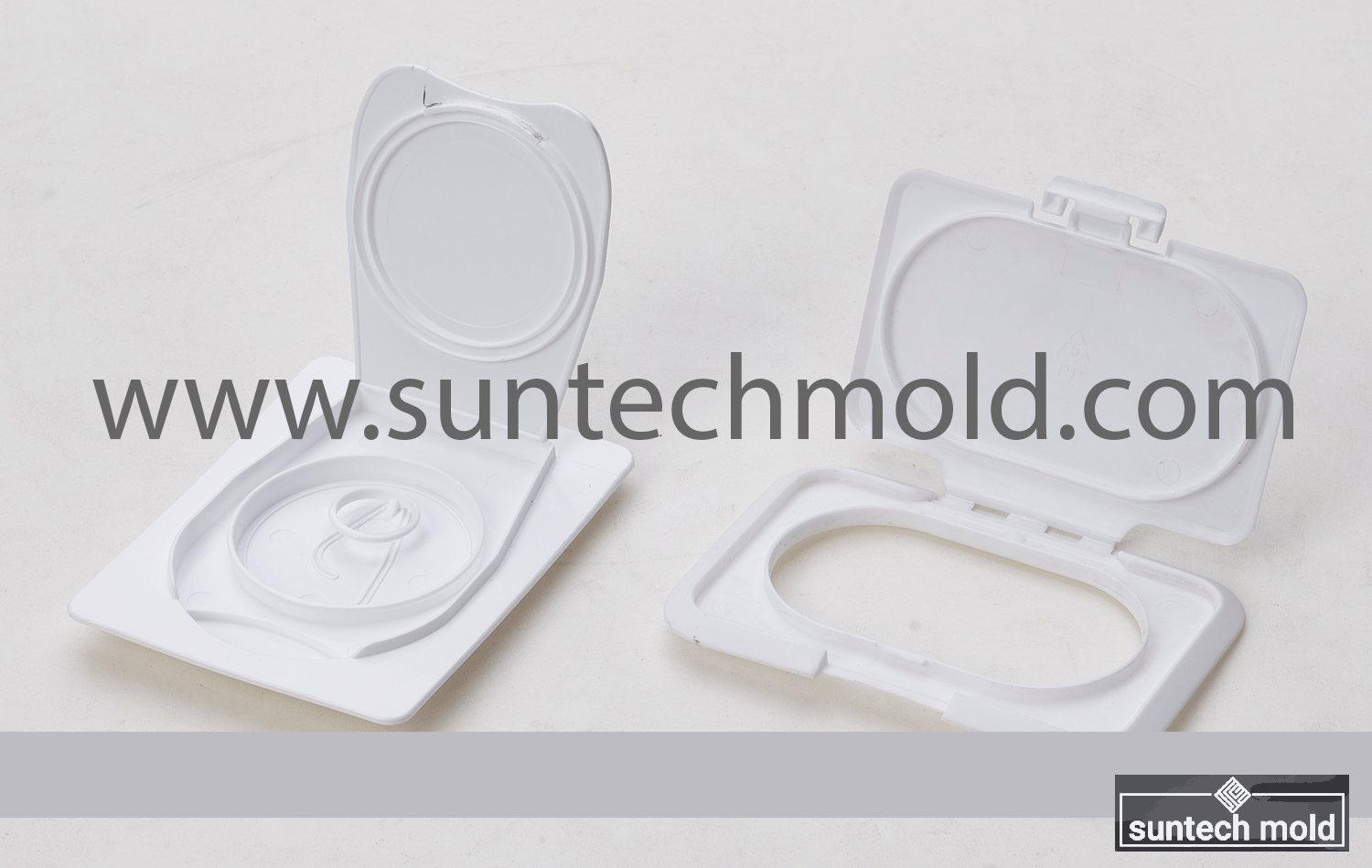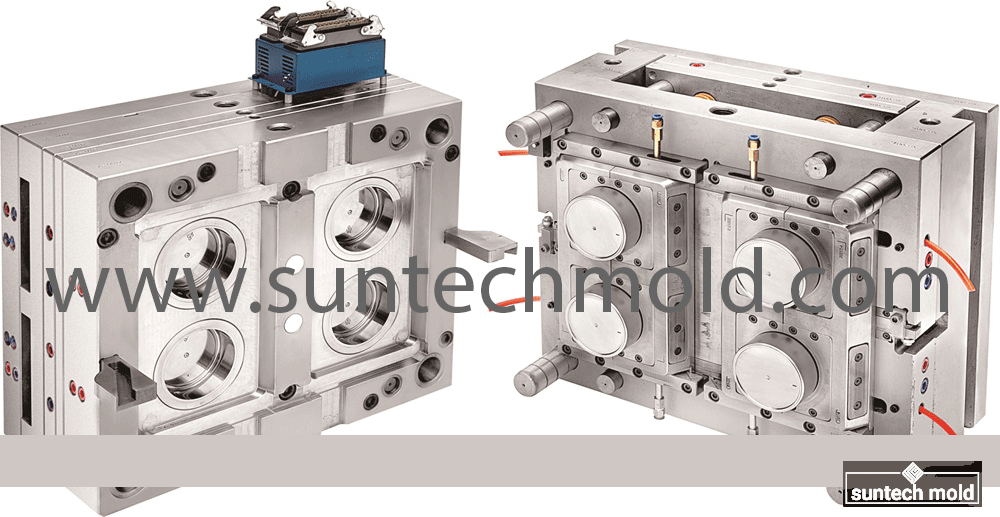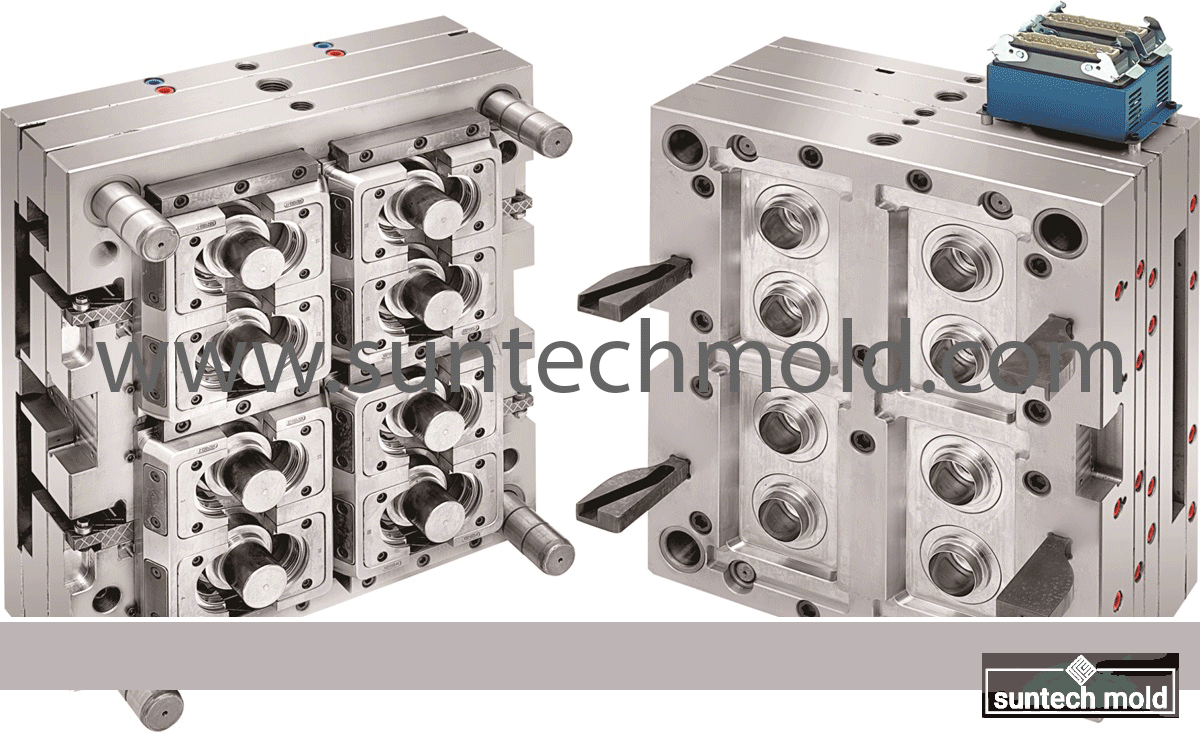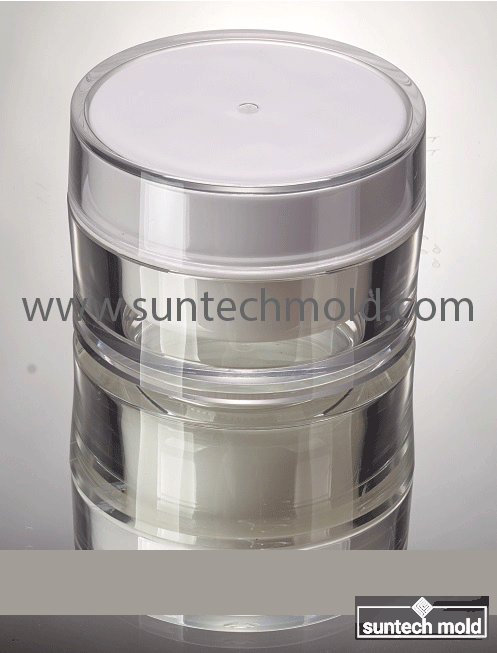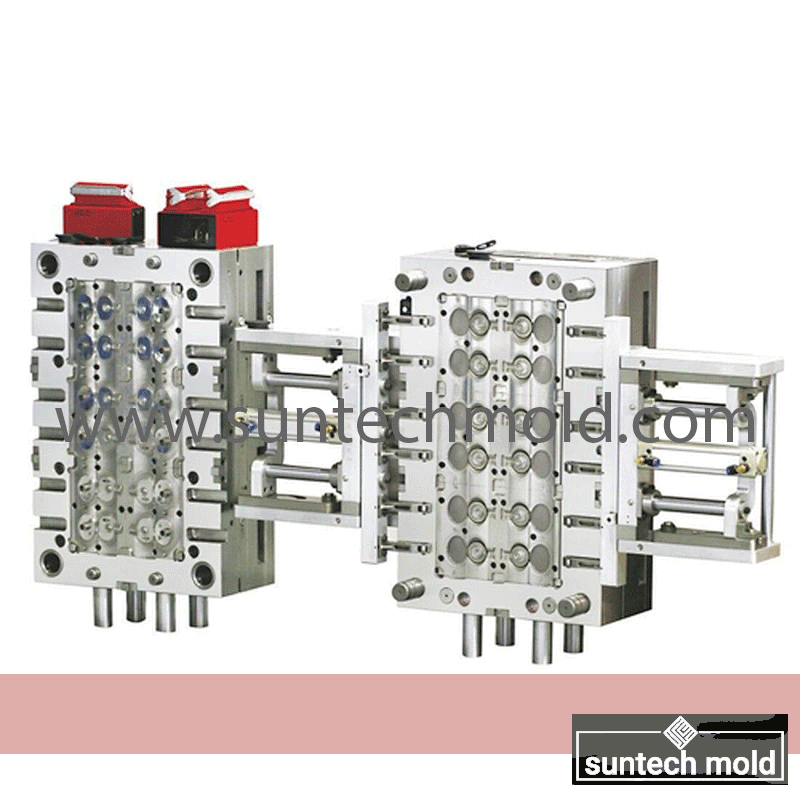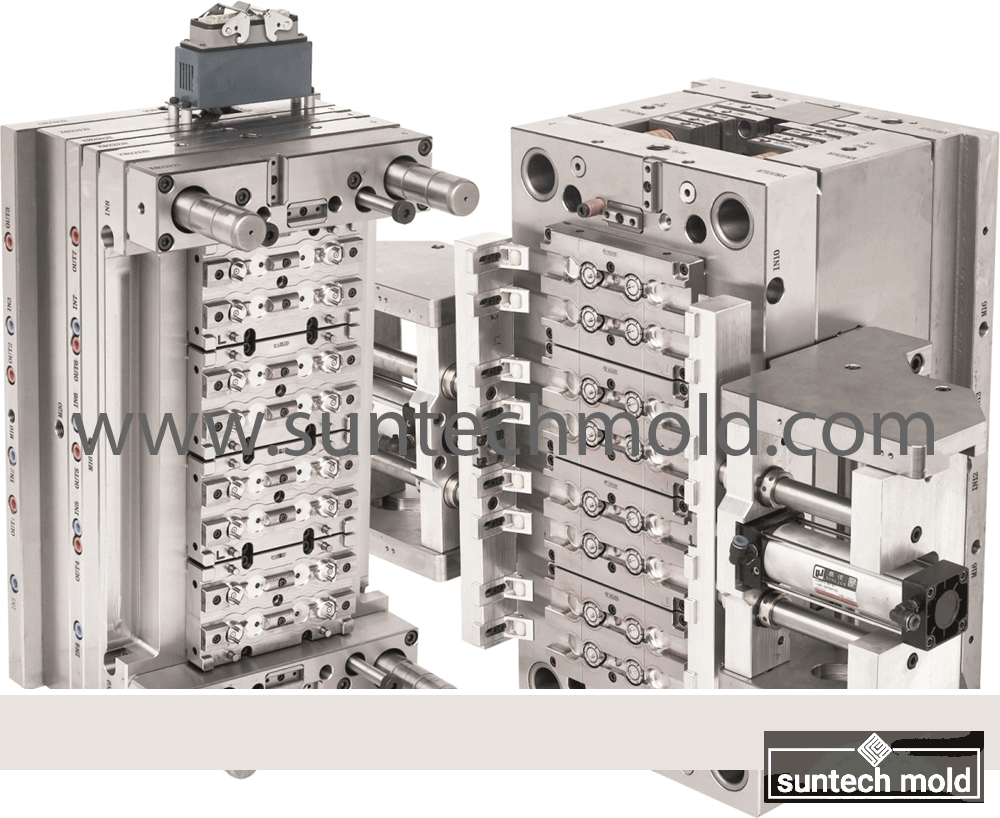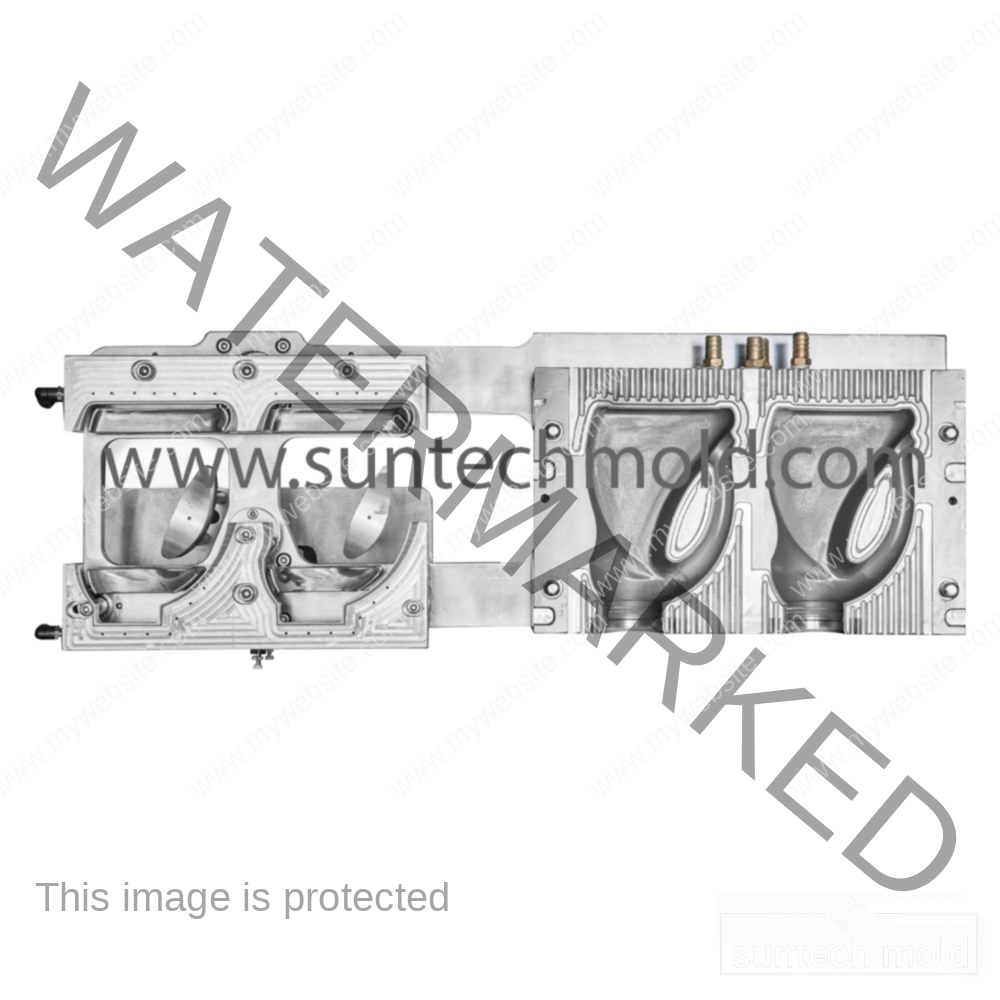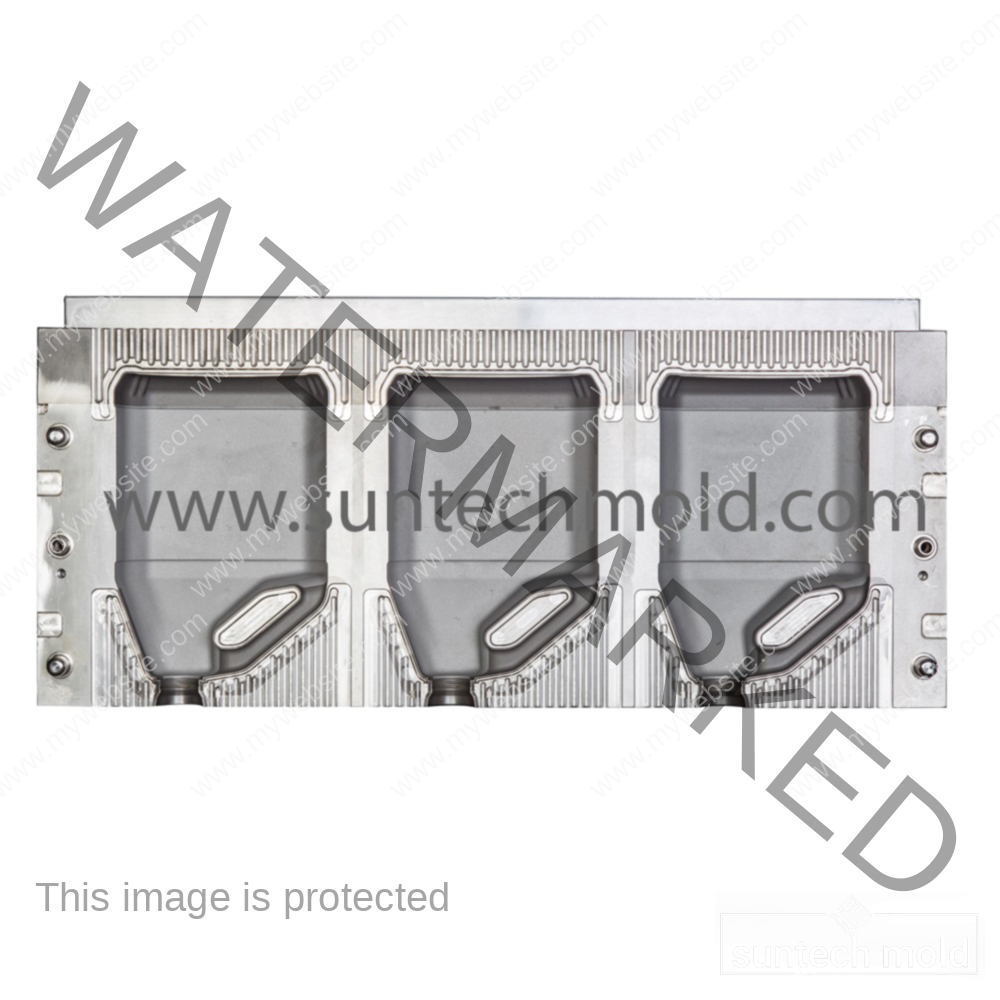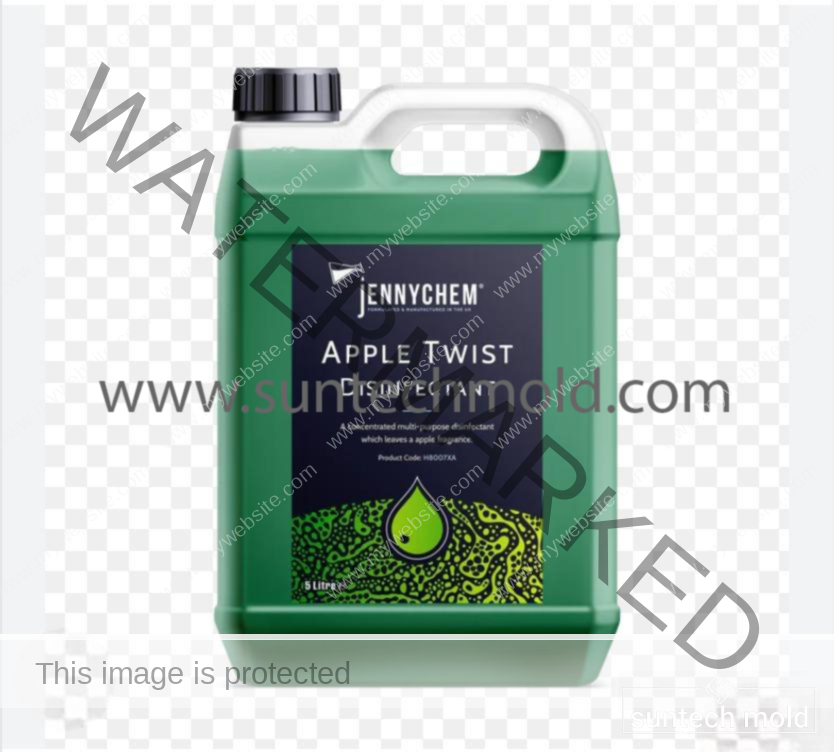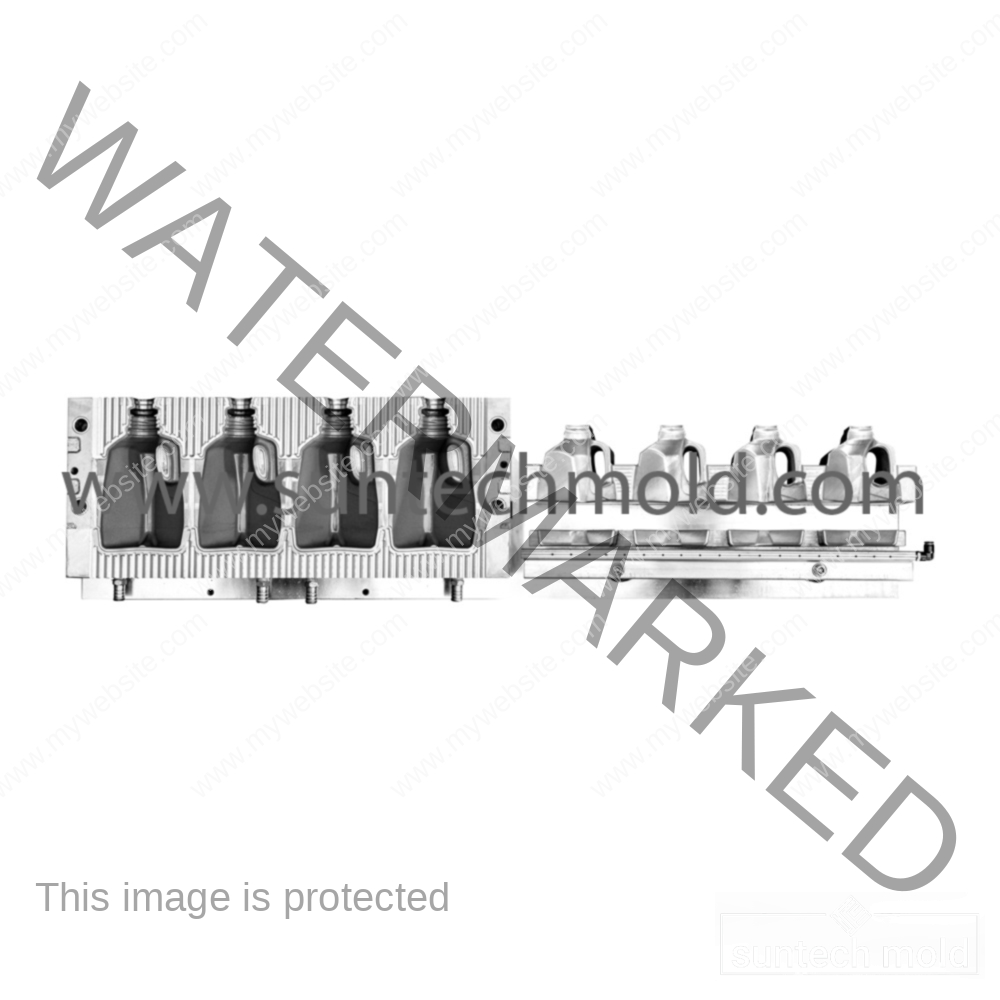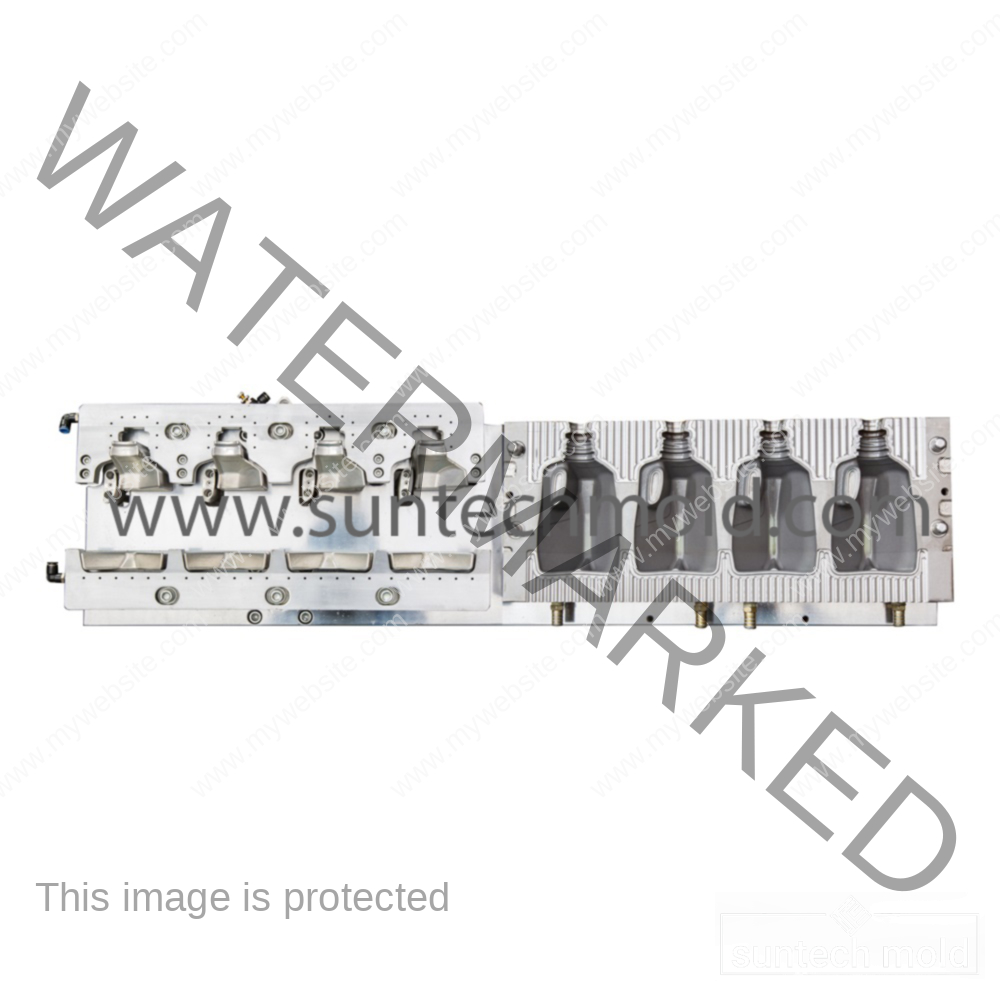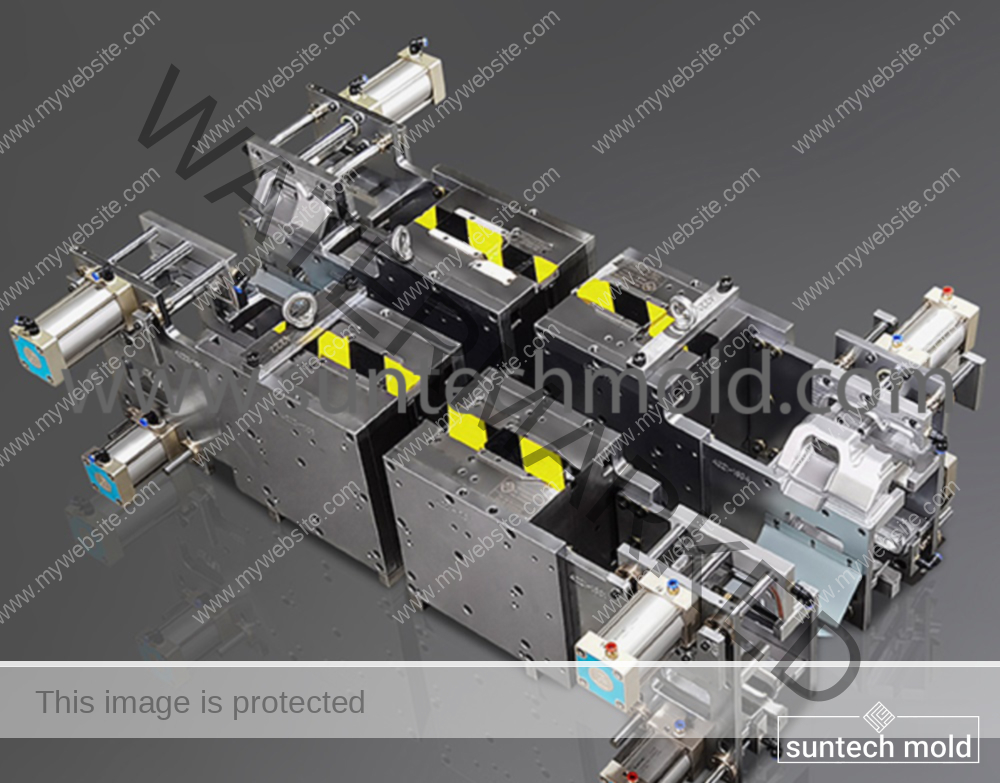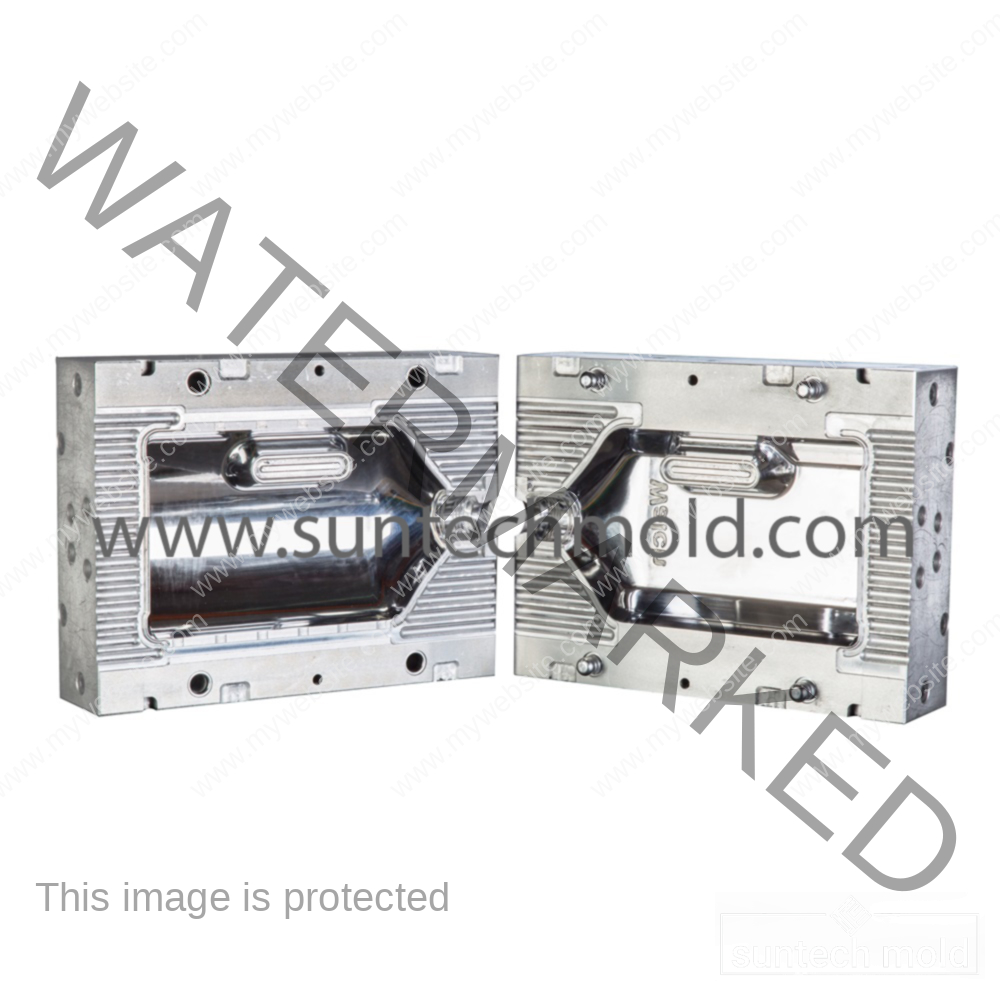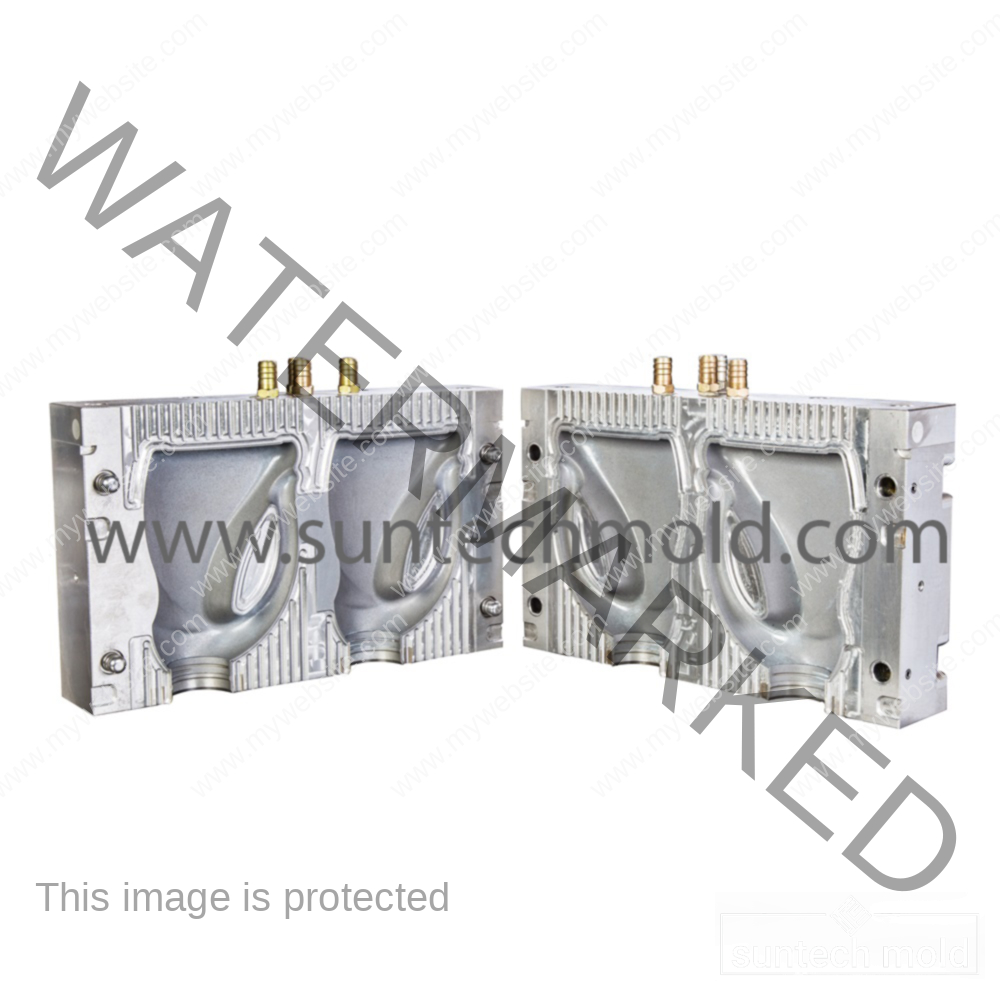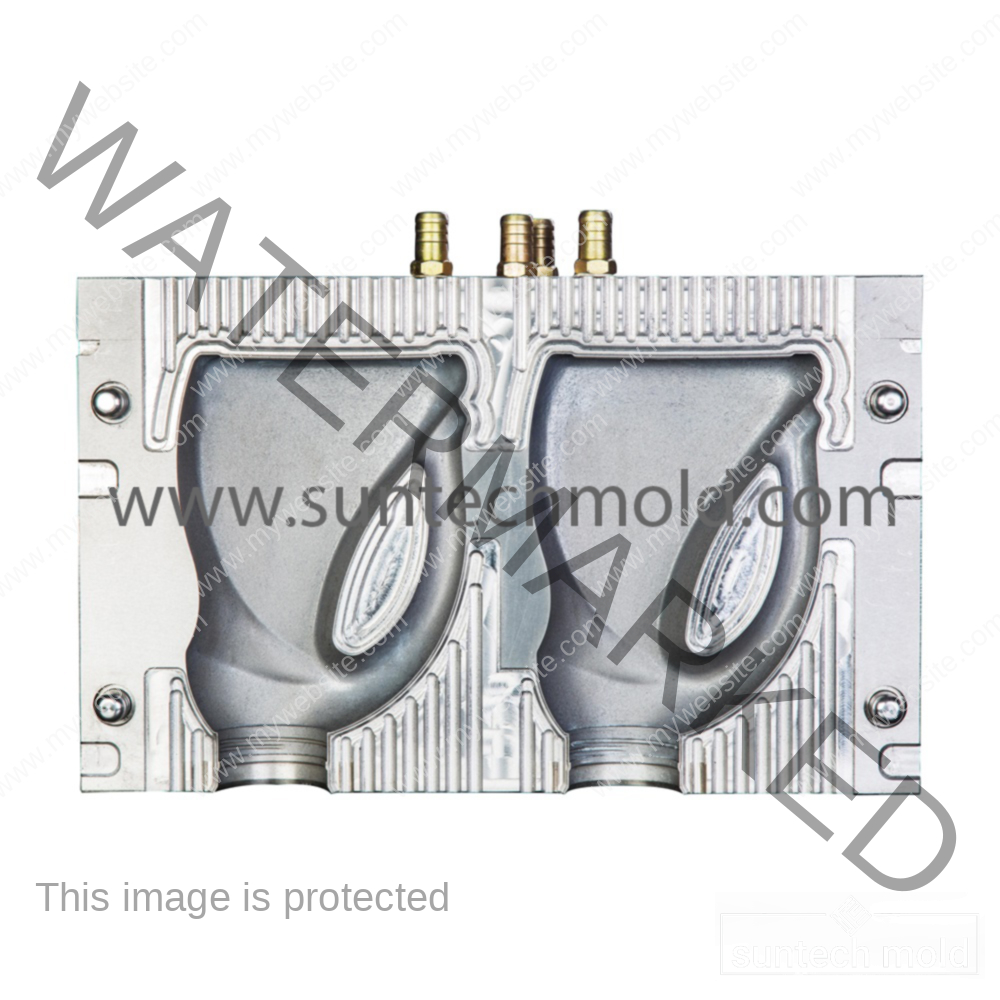When choosing a blow molding process for your product, consider the following factors:
- Material Type:
- Different materials have varying properties and compatibility with specific blow molding processes.
- Product Design:
- Complexity of the shape, wall thickness uniformity, and surface finish requirements can influence the choice of process.
- Production Volume:
- High-volume production may favor continuous or extrusion blow molding, while lower volumes might be better suited for injection or stretch blow molding.
- Cost Efficiency:
- Evaluate initial setup costs, tooling, and production costs to determine the most economical option.
- Lead Time:
- Consider the time required for mold creation and production. Some processes have quicker turnaround times than others.
- Performance Requirements:
- Assess the mechanical properties needed, such as strength, flexibility, and impact resistance.
- Regulatory Compliance:
- Ensure the chosen process meets industry standards and regulations, especially for food and medical applications.
- Environmental Considerations:
- Evaluate the sustainability of the materials and processes, including recyclability and waste management.
- Post-Processing Needs:
- Determine if additional processes, such as labeling or surface treatments, are required after molding.
- Customization:
- If your product requires specific features (e.g., handles, closures), ensure the chosen process can accommodate these needs.
By weighing these factors, you can make an informed decision about the most suitable blow molding process for your product.

